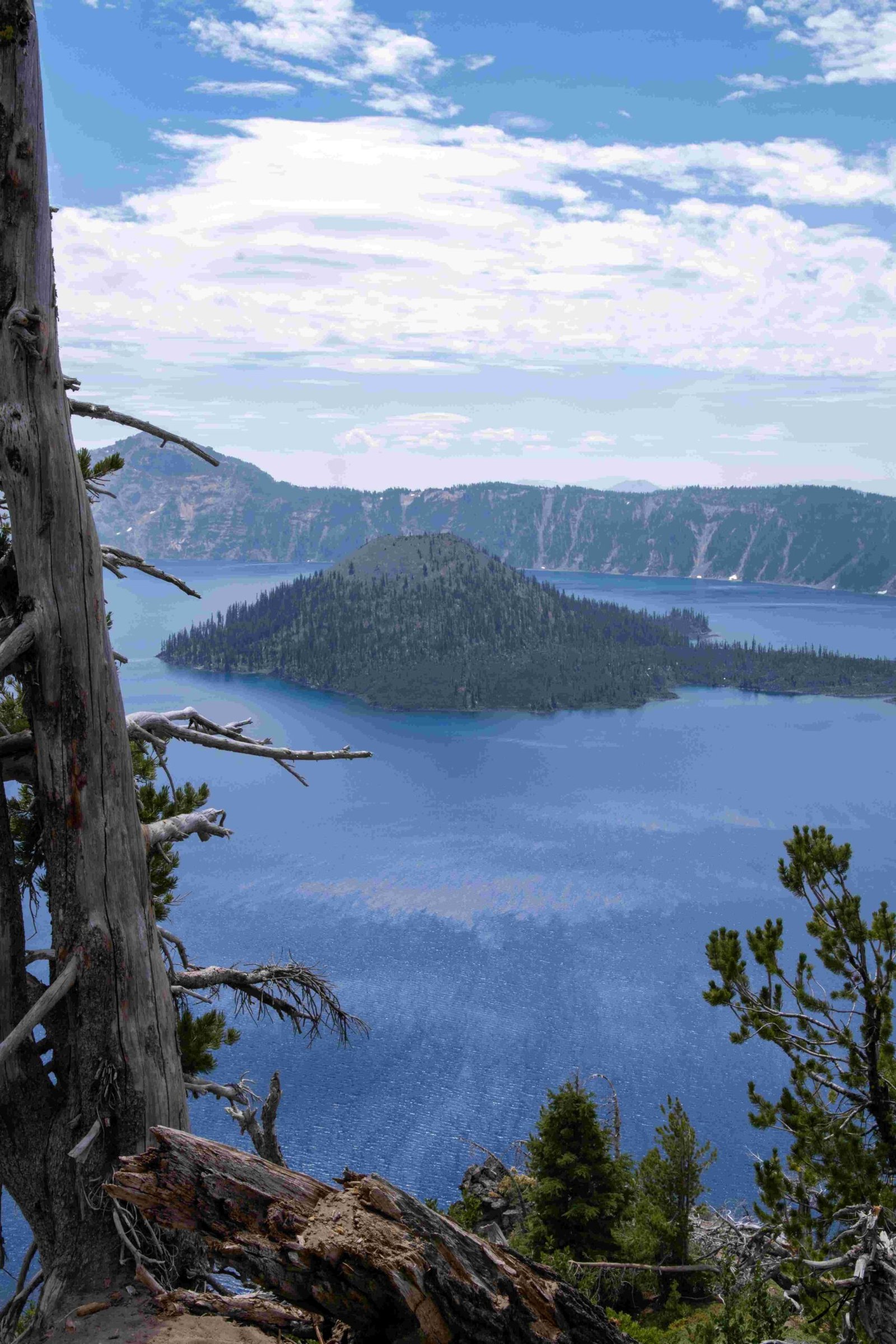Crater Lake, a geological marvel nestled in Oregon’s landscape, presents a fascinating hydrological puzzle. Unlike typical lakes, Crater Lake does not drain through visible surface streams or rivers. Instead, it employs a complex underground drainage system characterized by percolation through porous volcanic rock, where water seeps through the caldera’s walls, creating an intricate and nearly invisible water management process that maintains its remarkable ecological balance.
What Makes Crater Lake’s Drainage Unique?

Crater Lake’s drainage mechanism is fundamentally different from conventional lakes, characterized by several distinctive features:
How Does Water Escape the Lake?
- Underground Percolation
- Water seeps through porous lava sheets
- Approximately 25% of water loss occurs through this method
-
Walls of Mount Mazama’s caldera facilitate gradual water movement
-
Subsurface Water Channels
- Invisible underground outlets connect to nearby springs
- Water travels through volcanic rock formations
- Springs at lower elevations receive lake water
What Influences Lake’s Water Level?
| Factor | Annual Impact | Mechanism |
|---|---|---|
| Precipitation | 60-80 inches | Snowfall and rainfall |
| Evaporation | 40-50 inches | Surface water loss |
| Percolation | Estimated 15-20 inches | Underground seepage |
Why Doesn’t Crater Lake Have Surface Drainage?
The lake’s unique geological formation prevents traditional surface drainage:
- Volcanic caldera creates a sealed basin
- Porous rock walls allow gradual water movement
- No river or stream directly exits the lake
- Elevation and geological structure maintain water containment
What Determines Water Retention?
Several critical factors contribute to Crater Lake’s water retention:
- Geological Structure: Caldera rim elevation (7,000-8,000 feet)
- Precipitation Patterns: Consistent snowfall and rainfall
- Volcanic Rock Characteristics: Porous yet relatively impermeable layers
- Regional Climate: Moderate temperature variations
How Stable is Crater Lake’s Water Level?
The lake maintains remarkable water level stability:
- Daily water loss: Approximately 0.0155 feet
- Evaporation rate: 0.0125 feet per day
- Percolation rate: 0.00375 feet per day
- Net water balance achieved through natural mechanisms
Scientific Insights into Drainage
Researchers have extensively studied Crater Lake’s unique hydrology:
- Maximum lake depth: 1,949 feet
- Lake surface area: Approximately 5 by 6 miles
- Water volume remains relatively constant
- Underground drainage prevents significant water depletion
Conclusion

Crater Lake represents a remarkable example of natural water management, demonstrating how geological formations can create self-sustaining water systems without traditional surface drainage.

